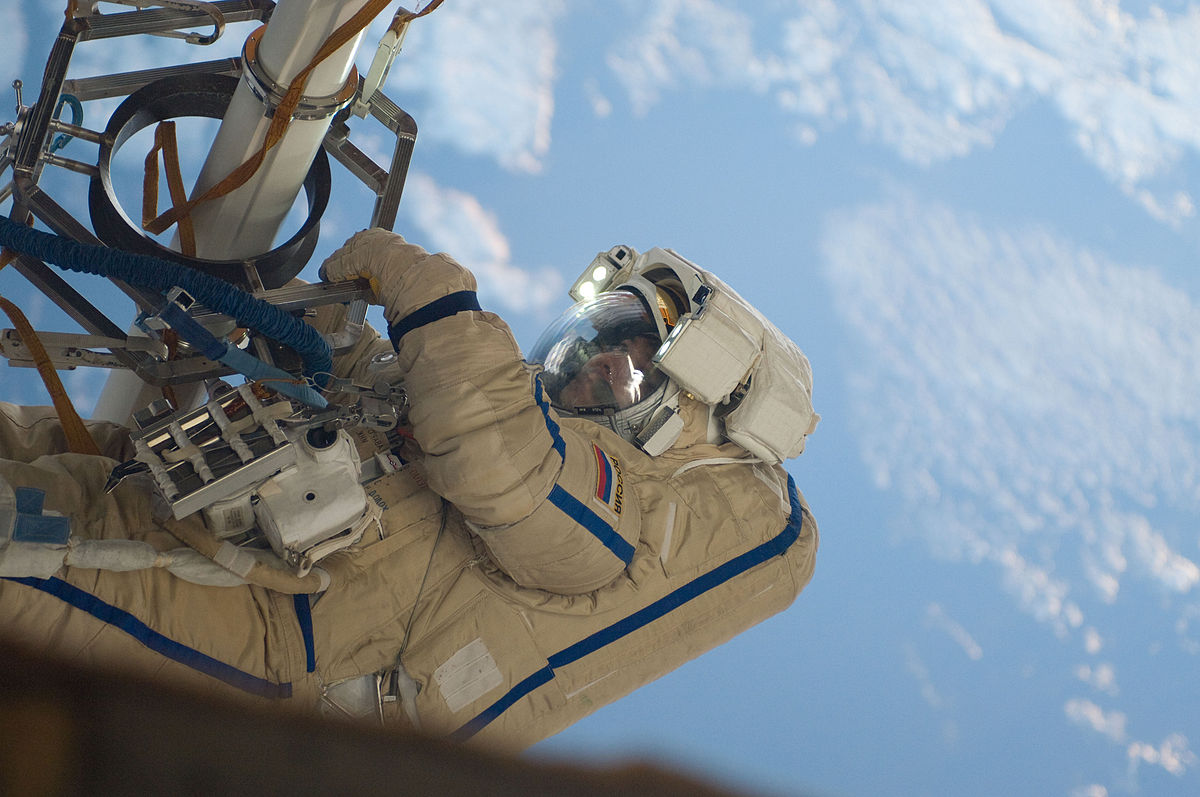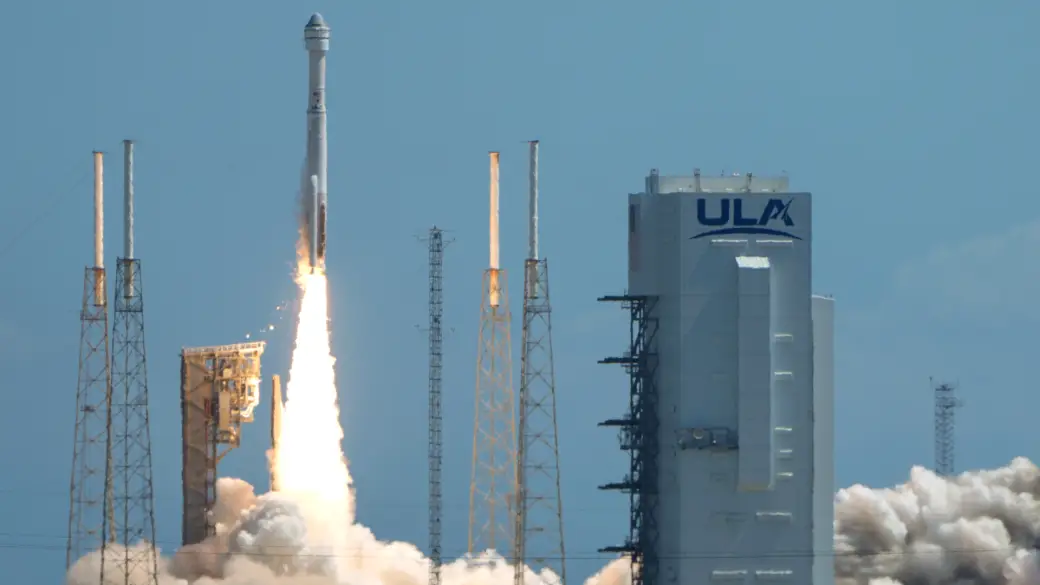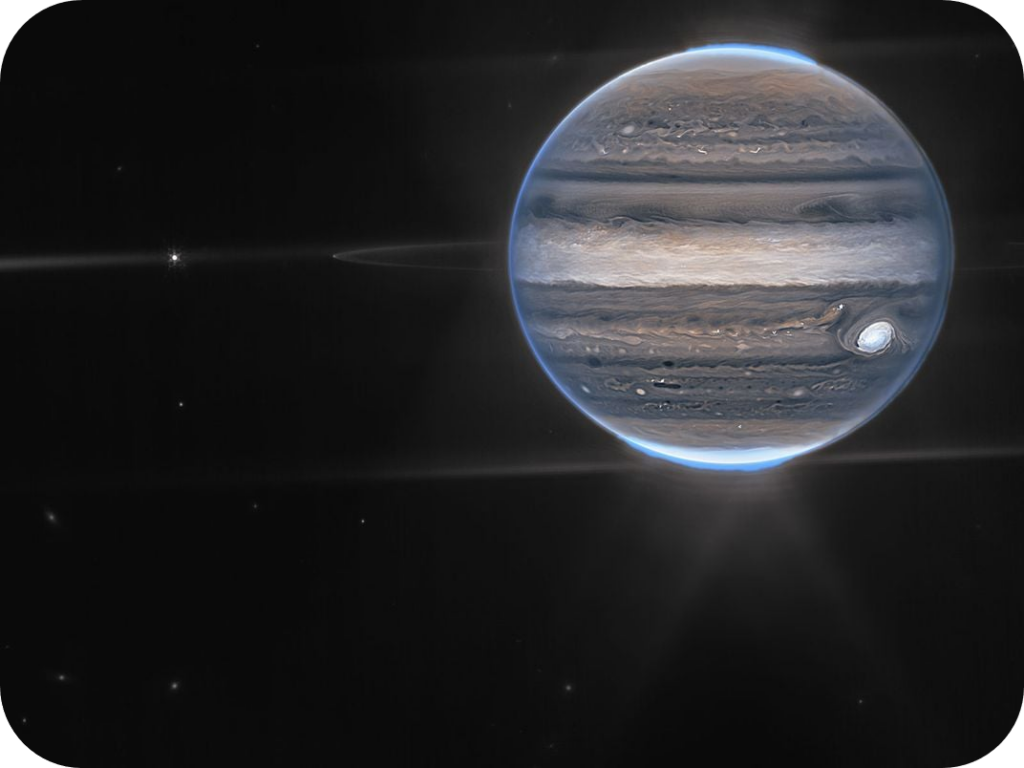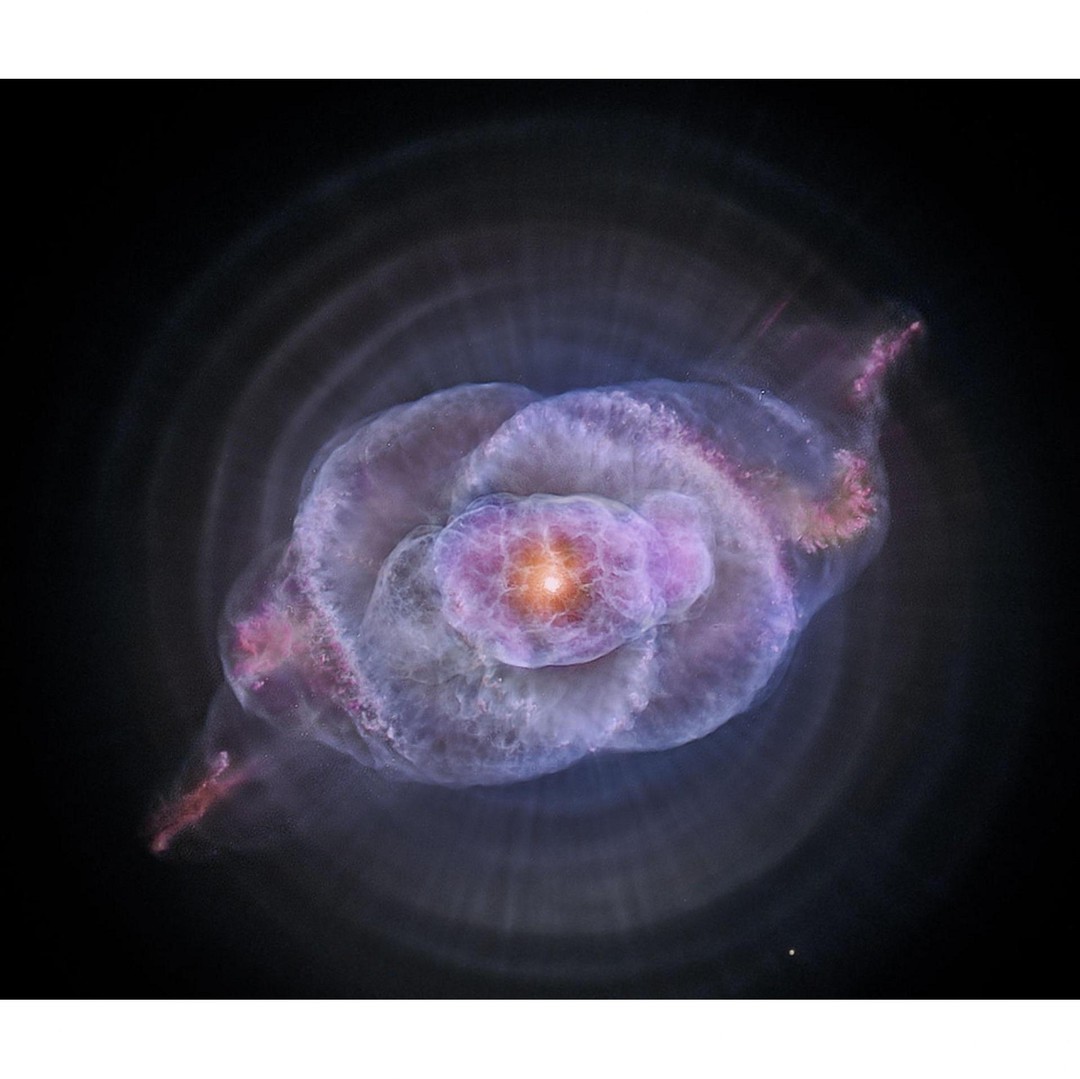Dodging Vampires
Spending time outdoors is great, but with that comes the risk of mosquito bites. If you find yourself frequently bitten by mosquitoes, it could be due to your scent or the colors of your clothes, recent research suggests.
“If you think you are a mosquito magnet, it’s probably the case,” said Jeffrey Riffell, a biology professor at the University of Washington who studies mosquito sensory systems, in a video released on the university’s website earlier this month. “Some individuals are bitten way more than others.”
Riffell and his team have been researching how mosquitoes locate their food sources. While male mosquitoes drink nectar from flowers for sugar, female mosquitoes drink blood to aid in egg-laying. “Mosquitoes are remarkably good at trying to locate a person to drink their blood,” Riffell explained. “They are vampires, and they’re very good at what they’re doing. Their eyes, their vision, their nose, everything about them is geared towards finding us and biting us.”
The team discovered that female mosquitoes find humans by following a trail of scent cues, including the chemicals humans emit from their skin and sweat, and the carbon dioxide from exhaling. Mosquitoes are also attracted to certain colors—they prefer red and black, but tend to avoid white and green, Riffell noted. Mosquitoes can also remember and return to people they find attractive after biting them, forming a positive association. However, they can also learn to avoid you if you try to swat them. University of Washington biology PhD student Melissa Leon Norena mentioned that mosquitoes can detect three types of sugar sources, one of which is fruit. Researchers are working on creating a scent that mosquitoes find irresistible. If successful, this scent can be laced with a toxin to kill the insects.
I am not sure I would want to wear a toxic perfume on my body. But maybe on clothes or just near by would work as well. Anything to help keep the little vampires of is good in my opinion.






